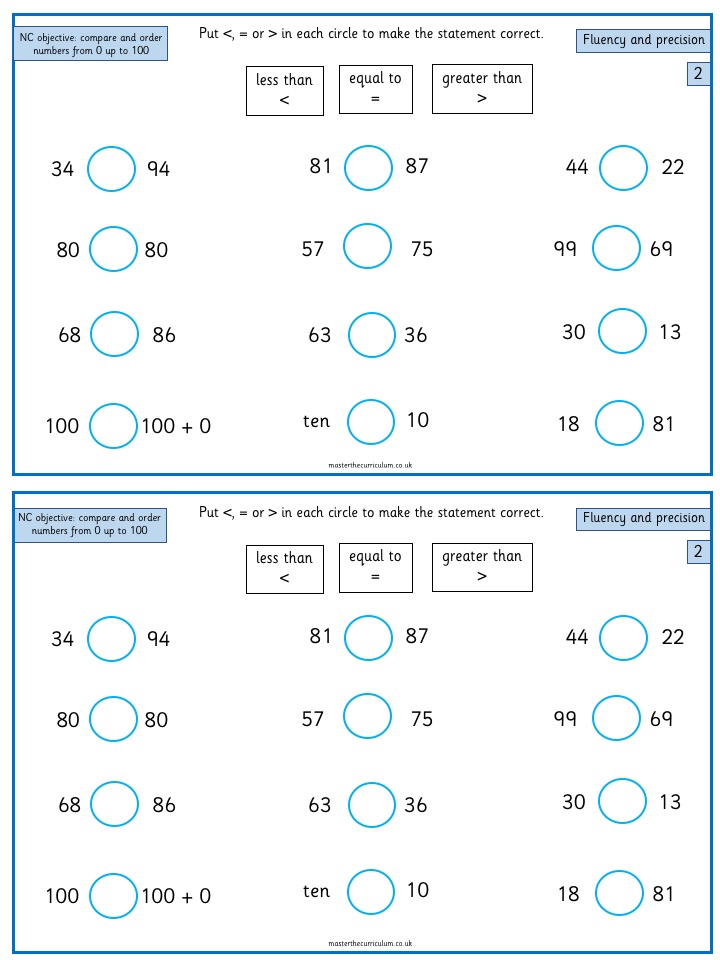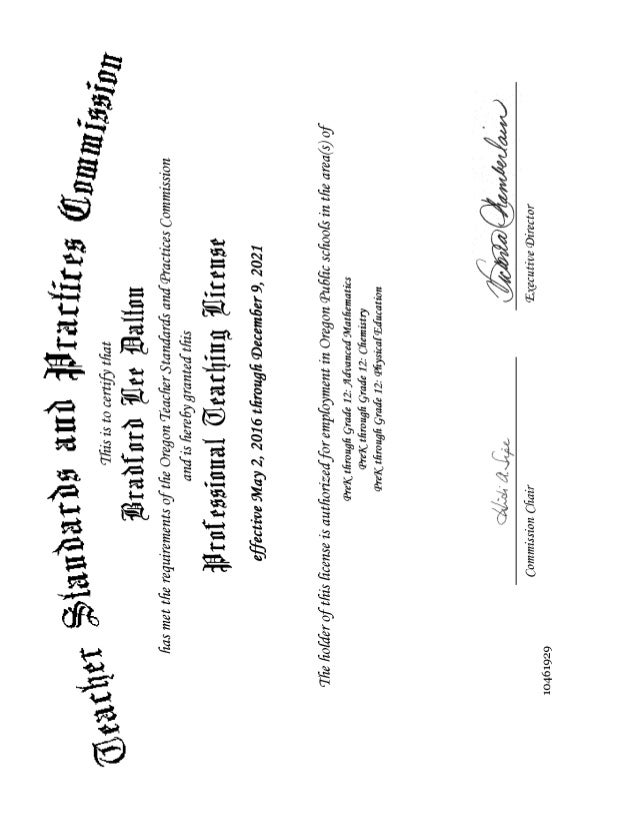
Cat games have become a cult favorite, and there is something to suit all ages. These games can be a great way for your children to become interested in cats and provide a healthy dose physical activity. These games can be played in any way you like, including with your cats out in the yard or on walks around town. But be warned: if you're a novice player, there are plenty of other cat games available that don't have this level of difficulty.
Table tennis balls
You can play table tennis with your cat! Table tennis balls are an excellent way to get your feline pals moving while having fun. These toys can keep cats entertained for hours because cats are intelligent and quick. Shop has a Pingpong ball that you can buy for your cat. Your cat will love ping-pong balls that bounce with a satisfying clank. The cat who isn't looking at you or drooling is likely having the most fun.

Sticks with dangling figures
Cats love toys that dangle from sticks. Some cats love to jump to catch the toys! It's their last attempt at catching the toy. However, it's worth it as cats will often be more happy to hunt their prey than to jump for them. Even older cats may jump for toys. However, it is not dangerous. But this can lead to stress, so you should make sure your cat's game doesn't end abruptly.
Nintendogs + Cats
Nintendogs + Cats allows you to create a virtual pet. It is the sequel for Nintendogs, a popular Nintendo DS series of pet games. It is based on real-life pet-keeping experiences and uses realistic physics. The game allows players to choose between different breeds of cats or dogs and can interact in real-time with them. You can find a companion cat/dog to play with like other Nintendogs games.
Gravity Rush
Gravity Rush is an amazing game that lets gravity be controlled. The commercial features a young Japanese graduate student as the title character and a cat named Gravity. Both the cat and the human are equally as cute, and both games are designed to make you laugh. Cat games are also great for people who love cats but don't want to play video games. This game features two sisters and a cat.

Cat Fishing 2
Cat Fishing 2 - Cat Fishing 2 is an update to Friskies. This app will appeal to cats that love to play. The app is available for download on Android as well as iOS. The app provides mental stimulation to cats and encourages them to hunt naturally. The game's unique design also allows your cat to participate in various social activities, including hunting for prey and taking part in online tournaments. The Google Playstore also offers the app for download.
FAQ
Is becoming a teacher difficult?
A major commitment is required to be a teacher. It will require you to dedicate a lot of time to your studies.
You should expect to work around 40 hours per week while pursuing your degree.
Also, it is important to find a job you can do. Many students report difficulty finding part-time jobs that work around their school schedules.
Once you land a full-time position, you will likely be responsible for teaching classes during the day. You might even be required to travel to other schools throughout the week.
How do you apply to college?
There are many methods to apply to college. Start by speaking with your high school admissions counselor. Many high school applications can now be submitted online. You can also reach out to local colleges directly. Many colleges will accept applications through the Internet via their website.
If you decide to apply through the mail, you'll need to fill out the application, write a personal statement, and send copies of all required documents with your application. You have the opportunity to express why you wish to attend this college and how it will benefit you. It also helps the admissions committee understand your goals and motivations.
You can download sample essays from this website.
Are there any skills that are required to excel in my chosen area?
Writing skills are essential for lawyers. Nursing requires you to communicate well. Excellent math skills are required to be an accountant. These are just some examples. Think about all the things you enjoy doing. What type of job would allow you to do these things again? Engineers need to understand how to design machines or structures. To be successful in this area, you'll also need to understand basic math. Business success requires a solid understanding of statistics and numbers. Good communication skills are essential if you wish to become a teacher. You will need to be able teach and assist others.
What does it take to be a teacher early childhood?
First, you must decide if early childhood education is what you want to pursue. You will need to earn your bachelor's degree if you decide to pursue a career in early childhood education. Some states require that students have a master's level degree.
You may also need to attend classes during summer months. These courses will cover subjects such as curriculum development and pedagogy (the art or teaching).
Many colleges offer associate degree programs that lead directly into a teaching certificate.
Some schools offer certificates and bachelor's degrees in early education. Other schools only offer diplomas.
You may not require additional training if you are planning to teach at your own home.
What are the types of early child education?
There are many ways to explain early childhood education. These are the most popular:
-
Preschool - Children ages 2 to 5
-
PreKindergarten- Children from 4-6 years of age
-
Head Start/Headstart for Children Ages 0-3
-
Day Care/ Daycares - Children ages 0 to 5
-
Child Care Centres - Children from 0-18 Years
-
Family Childcare - Children between 0 and 12 Years Old
-
Homeschooling – Children from KG up to 16
How long should you spend on college preparation?
The amount of time spent preparing for college depends on how much you plan to devote to your studies. Take college preparation classes if you are planning to attend college immediately after graduating high school. You don't have to plan if you expect to be away for several years before going to college.
Your parents and teachers should be involved in your discussions. You may be able to suggest courses of study. Be sure to keep track of the courses you've taken and the grades you received. This way, you'll know exactly what you need to accomplish next year.
What is the difference in school and college?
Schools are usually organized into classes (or grades) with a teacher who teaches a group of students. Colleges are larger institutions that offer more specialized programs and include many university-level courses. While schools tend to focus on the basics, colleges can offer courses in a wide range of subjects, including science, language, business, and arts. Both levels offer a variety of subjects to help students prepare for higher level study.
Statistics
- Data from the Department of Education reveal that, among 2008 college graduates, 92.8 percent of humanities majors have voted at least once since finishing school. (bostonreview.net)
- Among STEM majors, that number is 83.5 percent. (bostonreview.net)
- And, within ten years of graduation, 44.1 percent of 1993 humanities graduates had written to public officials, compared to 30.1 percent of STEM majors. (bostonreview.net)
- Think of the rhetorical power of nineteenth-century abolitionist Harriet Beecher Stowe, Martin Luther King, Jr., or Occupy Wall Street activists with their rallying cry of “we are the 99 percent.” (bostonreview.net)
- They are more likely to graduate high school (25%) and finish college (116%). (habitatbroward.org)
External Links
How To
What is vocational training?
Vocational education is an educational program that prepares students to work after high school and college. It teaches them specific skills for specific jobs (such as welding). You can also get on-the job training through apprenticeship programs. Vocational education is different from general education in that it prepares individuals for specific career paths rather than acquiring broad knowledge for future uses. The goal of vocational education is not necessary to prepare people for university study but to help them find jobs upon graduation.
Vocational education can take place at all levels of schooling. This includes primary schools, secondary schools and colleges, universities as well as colleges, technical institutes, technical colleges, trade schools, community college, junior colleges, four-year colleges, and colleges. Many specialized schools are available, including nursing and culinary schools, law schools medical and dental schools, veterinary medicine school, veterinary medicine schools, firefighting training schools, police academies, military academy, and other military schools. Many of these offer both academic instruction, and practical experience.
Over recent decades, there have been significant investments made in vocational education by many countries, including Australia, Denmark (Finland), Germany, Ireland and Japan. However, it is not clear if vocational education is effective. Some critics argue that it does little to improve students' employability; others argue that it provides useful preparation for life after school.
According to the U.S. Bureau of Labor Statistics 47% of American adults have a postsecondary certificate. This figure is higher among those with more education: 71% of workers aged 25-29 with a bachelor's degree or higher are currently employed in fields requiring postsecondary credentials.
The BLS reported that almost half the adult population of the country had at least one form of postsecondary credential as of 2012. Around one-third of Americans hold a two or four-year associate degree. One out of five Americans held a master's degree or doctorate.
The median annual wage of a bachelor's degree holder was $50,900 in 2013, compared with $23,800 for someone without one. The median income for those with advanced degrees was $81,300.
The median income for those who have not completed high school was just $15,200. Those with less than a high school diploma earned $13,000 per year.